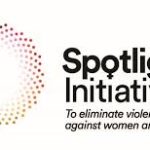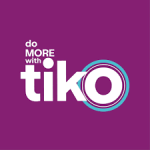Today, I participated in a monitoring activity for school HPV vaccination outreaches in Kawempe Division. This initiative, led by the Naguru Teenage Centre (NTC) with support from UNICEF, complements the Ministry of Health’s (MoH) efforts to increase coverage of the HPV vaccine among adolescents, particularly young girls who are at risk of cervical cancer.
The HPV vaccination program is a critical public health intervention aimed at preventing cervical cancer, which remains one of the leading causes of cancer-related deaths among women in Uganda. Administering the vaccine to school-going adolescents ensures early protection and significantly reduces future health risks. By conducting outreach activities in schools, the program increases accessibility and convenience, allowing more students to receive the full HPV dosage on schedule.
During the monitoring visit, we observed the vaccination process closely, assessing service delivery, student engagement, and record-keeping practices. Ensuring proper documentation and follow-up is essential to track coverage rates, identify gaps, and plan subsequent outreach sessions effectively. The monitoring activity also provided an opportunity to interact with students and school staff, addressing concerns, answering questions, and reinforcing the importance of completing the full HPV vaccination schedule.
This initiative exemplifies a collaborative approach to adolescent health, where NTC and UNICEF complement the MoH’s nationwide efforts. By pooling resources, technical expertise, and community engagement strategies, the partnership enhances the reach, efficiency, and impact of school-based vaccination programs. It also ensures that adolescents not only receive vaccines but are empowered with knowledge about the benefits of immunization and general health practices.
School outreach programs like this are particularly impactful in urban divisions like Kawempe, where schools provide a convenient platform to reach a large population of eligible adolescents. They also serve as a gateway to other adolescent health services, including health education, nutrition guidance, and early detection of health concerns.
Monitoring these outreach activities ensures that interventions are effective, accountable, and responsive to the needs of adolescents. Through continuous evaluation and collaboration, NTC, UNICEF, and the MoH are making significant strides toward increasing HPV vaccination coverage, protecting young people’s health, and contributing to a future free from cervical cancer.








